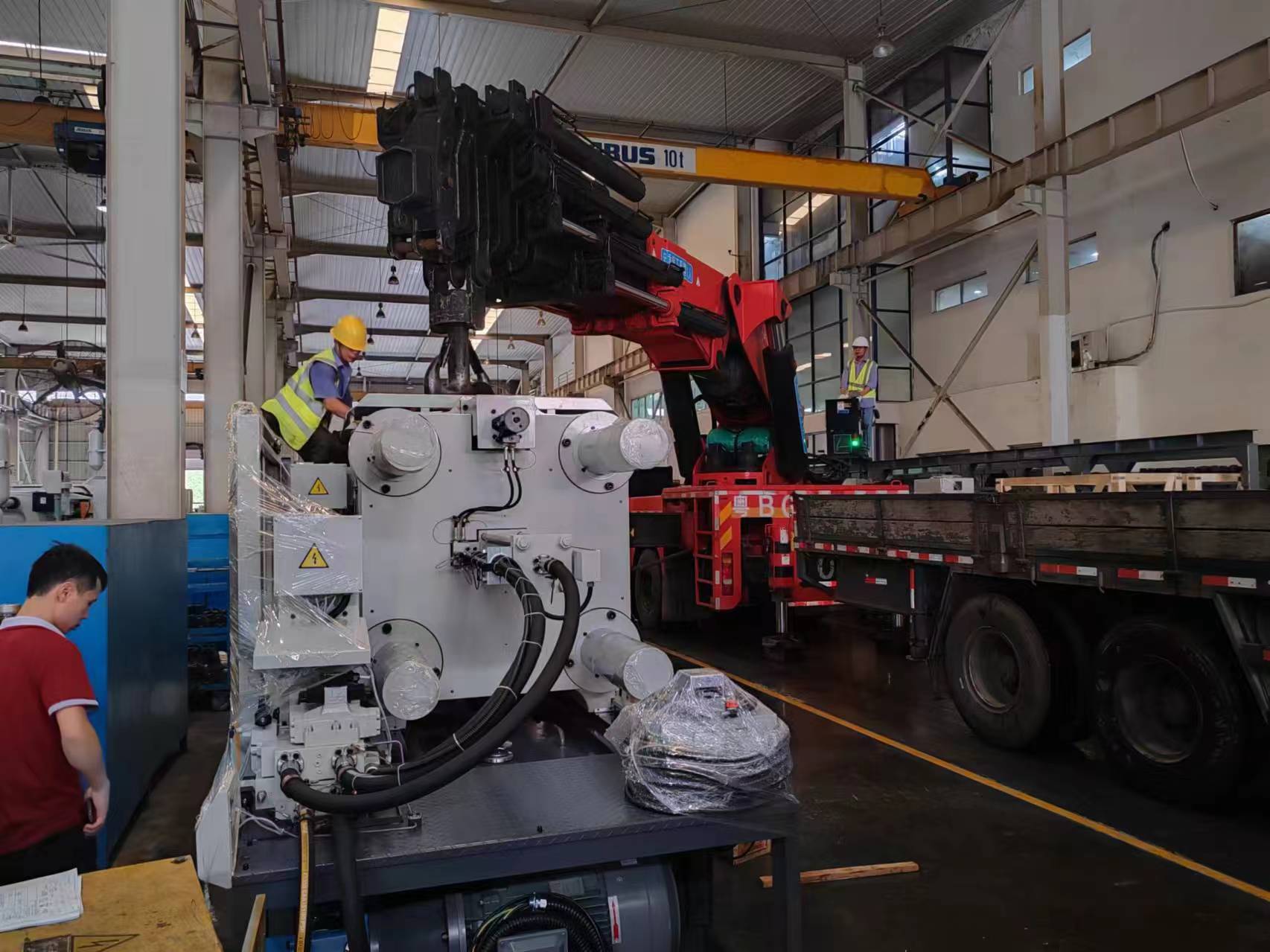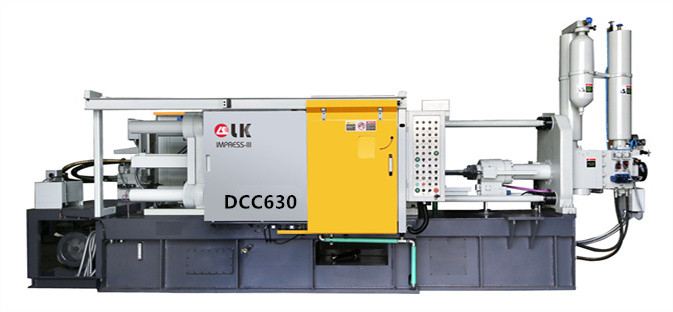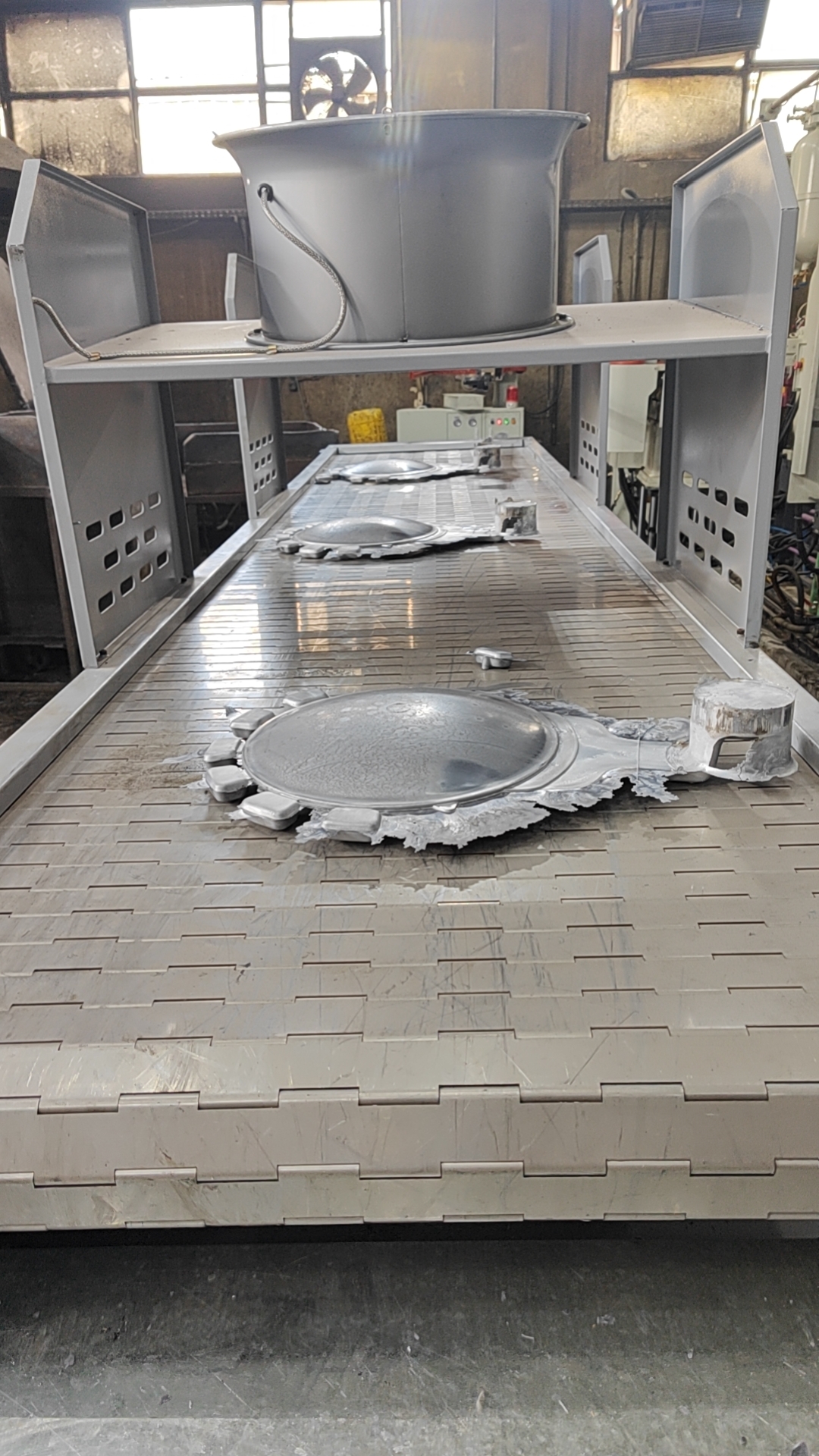Surface Coating Nickel
LK Die Casting Machine / 2024-08-12 16:53:16
2024-08-12 By Cherry
Surface coating nickel: a key process in modern
manufacturing

In modern manufacturing, surface treatment processes
play a vital role in the performance and life of products.
Surface coating nickel (Nickel Plating), is a widely used
surface treatment technology has become an indispensable
part of various industries with its excellent corrosion
resistance, good decorativeness, and strong adhesion.
1. Basic principles of surface coating nickel
Surface coating nickel is the process of depositing a
layer of nickel on the metal surface by electrochemical or
chemical methods. This layer of nickel coating can play a
protective, decorative, and anti-friction role, greatly
improving the performance of the substrate.

According to different process methods, surface coating
nickel can be divided into two categories: electroplating
nickel and chemical nickel plating.
(1). Electroplating nickel: Electroplating nickel is a traditional
electrochemical plating method that forms a nickel layer
on the metal surface by depositing nickel ions in the electrolyte.
The advantage of electroplating nickel is that a very uniform
and dense coating can be obtained, which is widely used
in parts that require high wear resistance and high finish.
(2). Chemical nickel plating: Chemical nickel plating is an
electroless plating method that reduces nickel ions and
deposits them on the surface of the substrate through
a reducing agent. The advantage of chemical nickel plating
is that it can form a uniform nickel layer on workpieces
of complex shapes and has high corrosion resistance.

2. Application areas of surface coating nickel
Surface-coating nickel has been widely used in many industries.
Its main functions include corrosion protection, hardness
enhancement, friction reduction, and appearance beautification.
The following are some common application areas:
(1). Automotive industry: In automobile manufacturing, surface
coating nickel is used for engine parts, suspension systems,
body accessories and other components, mainly to improve
their corrosion resistance and wear resistance and extend
service life.
(2). Electronic appliances: Electronic components such as
connectors, switches, and circuit boards often use surface
coating nickel to ensure good conductivity and oxidation
resistance, and enhance product reliability and stability.
(3). Aerospace: In the aerospace industry, surface coating nickel
is used for aircraft engine components, structural parts,
and fasteners to provide the necessary corrosion resistance
and high-temperature stability.
(4). Mold manufacturing: The use of nickel coating on the mold
surface can improve its hardness and wear resistance, thereby
extending the service life of the mold, especially in
high-strength and high-precision die-casting production,
the role of surface coating nickel is particularly prominent.
(5). Medical devices: Because surface coating nickel has good
biocompatibility and antibacterial properties, it is also
widely used in medical devices, such as surgical instruments,
implants and dental tools.
3. The relationship between surface coating nickel and
"LK die-casting machine"
"LK die-casting machine" is an industry-leading die-casting
equipment brand and its application in the surface coating
nickel process is also quite extensive.
The following is the close relationship between surface
coating nickel and LK die-casting machine:
(1). Mold protection: During the die-casting production process,
the mold needs to withstand a high temperature and high pressure
working environment, so its surface is often protected by nickel
coating. LK die-casting machine can combine the process of surface
coating nickel in production to extend the service life of the
mold and reduce maintenance costs.
(2). Product quality improvement: Castings produced by LK die-casting
the machine often requires further surface treatment to improve
corrosion resistance and aesthetics. By plating nickel on the
the surface of the casting, the surface quality of the product
can be significantly improved and its market competitiveness
can be enhanced.
(3). Automated production line integration: The high level of
automation of the LK die-casting machine enables it to be
seamlessly integrated with the nickel coating process, achieving
fully automated production from die-casting to surface treatment,
greatly improving production efficiency and product consistency.
(4). Environmental protection and energy saving: In modern manufacturing,
environmental protection and energy saving have become important
considerations. The advanced technology used by the LK die-casting
machine not only reduces energy consumption during the production
process but also reduces the emission of wastewater and exhaust
gas by optimizing the surface coating nickel process, which is
in line with the trend of green manufacturing.
4. Process flow of surface coating nickel
The process flow of surface coating nickel includes multiple steps,
each of which has an important impact on the final coating quality.
The following is a typical nickel electroplating process flow:
(1). Pretreatment: The workpiece is pre-treated by cleaning, degreasing,
pickling, etc. to remove oxides and grease on the surface to
ensure the adhesion of the nickel coating.
(2). Electroplating: The pre-treated workpiece is immersed in the
electrolyte and the nickel layer is deposited on the surface
of the workpiece through an electrochemical reaction after power
is turned on. In this process, the current density, temperature,
and time needs to be strictly controlled to ensure the uniformity
and density of the coating.
(3). Post-treatment: After electroplating, the workpiece is subjected
to post-treatment such as passivation and polishing to improve
the corrosion resistance and finish of the coating.
(4). Quality inspection: Finally, the coating quality is inspected
by thickness measurement, adhesion test, corrosion resistance test,
and other means to ensure that it meets the standard requirements.
The process of chemical nickel plating is similar to that of
electroplating nickel, but no external current is required, the
process is simpler, and it is suitable for workpieces with
complex shapes or requiring uniform plating.
V. Advantages and disadvantages of surface coating nickel
Although surface-coating nickel performs well in many applications,
it also has certain limitations.
The following is a summary of the advantages and disadvantages
of surface coating nickel:
Advantages:
(1). Strong corrosion resistance: Nickel coating can
effectively prevent corrosion of metal
substrates in humid environments and extend the service
life of products.
(2). Good decorative effect:
Nickel coating has high gloss, which can significantly enhance
the appearance of the product and make it more attractive in
the market.
(3). Enhanced hardness: Nickel coating can increase the surface
hardness of the workpiece and enhance its wear resistance,
which is suitable for high-wear applications.
(4). Good adhesion: Nickel coating has good adhesion and can firmly
adhere to a variety of metal substrates and is not easy
to peel off.
Disadvantages:
(1). High cost: The surface coating nickel process involves
multiple steps and the raw material price is high, resulting
in an increase in overall costs.
(2). Complex process: Whether it is electroplating nickel or
chemical nickel plating, the process parameters need to be
precisely controlled, and the requirements for equipment and
operators are high.
(3). Environmental pressure: The traditional electroplating
nickel process will produce
a certain amount of wastewater and waste gas, which will have
an impact on the environment if not handled properly.
Therefore, environmental regulations have put forward higher
requirements for this process.
VI. Future development trends
With the advancement of science and technology and changes
in market demand, the surface coating nickel process is also
developing. In the future, the following trends may have an
important impact on this process:
(1). Environmentally friendly nickel coating technology: With
the increasingly stringent environmental regulations,
environmentally friendly nickel coating technology will become
the future development direction. The new nickel coating
process will pay more attention to reducing wastewater and
waste gas emissions, and adopt more environmentally friendly
chemical reagents.
(2). Intelligence and automation: The application of intelligent
and automated technologies will further improve the efficiency
and quality of the nickel coating process.
Combined with the Internet of Things technology, the future
electroplating workshops can realize real-time monitoring
and automatic adjustment of production data to ensure the
consistency of coating quality.
(3). New materials and composite coatings: With the continuous
emergence of new materials, nickel coating processes will also
be innovated. In the future, more wear-resistant and
corrosion-resistant composite coatings may be developed to meet
the needs of high-end manufacturing.
(4). Digital design and simulation: Through digital design and
simulation technology, the performance of the coating can be
predicted at the design stage, thereby optimizing the process.
For more info, you can refer to: https://www.youtube.com/shorts/JLX410QV_kw
To learn further info about Die Casting Machines,
pls contact LK Die Casting Machine Official Agent
LK OFFICIAL AGENT OFFICE DCM
LK Die Casting Machine Official Agent for Egypt(EGY),
Saudi Arabia(ksa),United Arab Emirates(UAE),
the Islamic Republic of Iran(Iran), Qatar(QAT),
the State of Kuwait(Kuwait)
Address: Industry Zone, South of Port Said Kebly, Egypt
https://www.zazdiecasting.com/
Phone/WhatsApp/Wechat: +86 13598704163
Mobile: +20 101 304 3317 +20 150 181 8310
Email: jack@zazmae.com ahmedmahmoud@zazmae.com
OTHER CONTENT
-

2024-09-19 14:16:15 LK Cold Chamber Die Casting Machine DCC900 Locking Force: 9000KN Die Height: 400-1000mm Space Between Tie Bars: 930x930mm Shot Weight: 13.5Kg Casting Area Max:2250c㎡
More -

2024-09-19 14:11:06 LK Cold Chamber Die Casting Machine DCC280 Locking Force: 2800KN Die Height: 250-650mm Space Between Tie Bars: 560x560mm Shot Weight: 2.9Kg Casting Area Max:700c㎡
More -

2024-09-19 10:23:07 LK Cold Chamber Die Casting Machine DCC580 Locking Force: 5000KN Die Heigh: 350-850mm Space Between Tie Bars: 760x760mm Shot Weight: 6.9Kg Casting Area Max:1250c㎡
More -

2024-09-19 10:11:20 LK Cold Chamber Die Casting Machine DCC400 Locking Force: 4000KN Die Height: 300-700mm Space Between Tie Bars: 669x669mm Shot Weight: 4.7Kg Casting Area Max:1000c㎡
More

